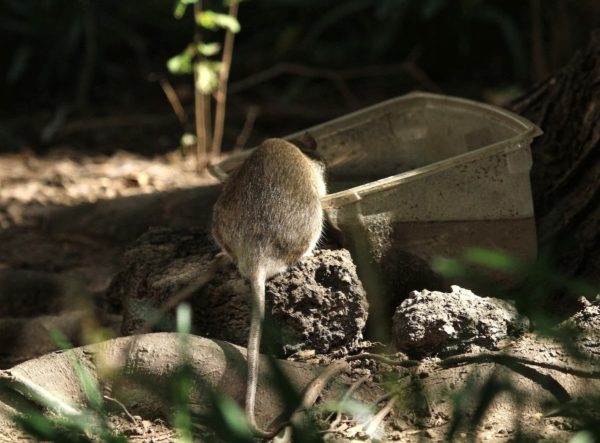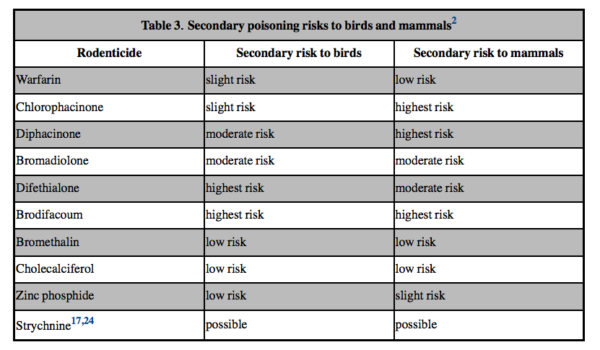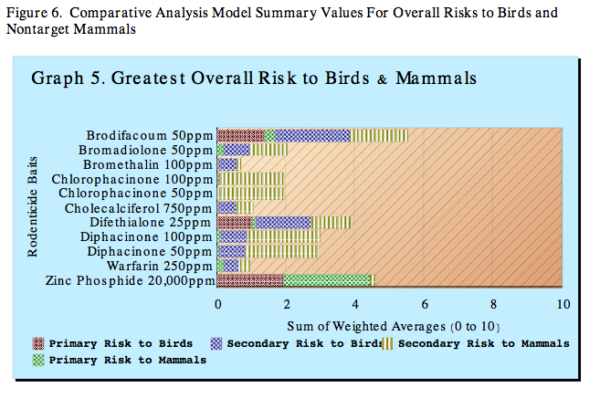The official I have been corresponding with is Sarah Neilson. She is the current administrator of Washington Square Park and is Executive Director of the newly-created, private Washington Square Park Conservancy (not to be confused with the group Washington Square Park Association or its arm Friends of Washington Square Park). Screen shots of tables and a photo I referenced in my email are included at the bottom of the page.
***
September 27th, 2013
Dear Sarah Neilson, et al:
Thank you for responding to my email.
I have been following and documenting the park’s resident Red-tailed Hawks for the last three breeding seasons and am well-acquainted with their nesting and eating habits and general behavior. In case you weren’t aware, the Red-tailed Hawks have lived in Washington Square Park continually since at least late 2010.
The male, Bobby, began nesting with his late, former mate Violet. He has been nesting with his second mate Rosie since then. They do not migrate south or leave the park for extended periods of time during the breeding off-season. Instead, they live in Washington Square Park year-round.
Washington Square Park is the Hawk pair’s territory, their habitat, and rodents are their primary food source besides pigeons and squirrels.
The abundance of rats is in large part thanks to the presence of food, as you mentioned in your email. They do indeed have access to food and water (much of it in the form of tubs of water and foodstuffs left out by people who feed the park squirrels and birds) as well as from litter left on the ground and garbage in uncovered garbage cans. I attached a photo I took yesterday (titled IMG_0006) showing a rat drink from one such tub of water left out for the squirrels).
I was not before aware that the feeding of the squirrels was illegal in Washington Square Park. Thank you for advising me of that in your email as the food left for the squirrels is no doubt a major food source for the rats.
In your email to me you wrote, “we also focus on identifying and correcting any conditions within a park that attract rodents such as litter, garbage pickup, and illegal feeding of birds and squirrels. Sanitation is our principal form of pest control and we also need the public’s help in maintaining litter-free parks.”
Would you please let me know how this illegal feeding of birds and squirrels in the park is corrected? Are fines issued? I visit the park nearly daily for extended periods of time and have not once seen a bird or squirrel feeder reprimanded by Parks staff or fined for doing so. Following that, are citations for littering issued as well? Because I have not seen that to be the case either. Surely the labor costs to maintain the park could in part be offset by the revenue the Parks Department/City would generate from the issuance of these fines.
There are no signs, from what I have observed, stating that the feeding of squirrels in the park is not permitted. It would be good to display such signs so that the public is put on notice because I don’t think many people know about that policy.
The rats are also able to climb into garbage cans to find food. I know that the park has many garbage cans that have closing lids on top but these lids are often seen dangling to the side of the can, leaving the can open and exposed. Parks should do more to ensure all garbage cans have their lids closed. Unfortunately, this level of care has not been the case so far.
I empathize with the Park’s Department’s need to control the rat population however there are methods that can be used which pose less of a threat to the Red-tailed Hawks and other raptors that pass through the park (as well as to pets that may eat poisoned rats) than the use of Bromadiolone.
For example, “Safe alternatives include single- and multiple-entrance snap traps, electrocuting traps, glue traps (provided you use them only indoors and frequently dispatch stuck rodents), and even first-generation baits with these active ingredients: chlorophacinone, diphacinone, diphacinone sodium salt, war-farin, and warfarin sodium salt.” (See: http://www.audubonmagazine.
org/articles/conservation/ poisons-used-kill-rodents- have-safer-alternatives?page=4 ). Also, please see the screen shot I attached of a graph from the United States Department of Environmental Protection Agency’s 2004 report titled “Potential Risks of Nine Rodenticides to Birds and Nontarget Mammals: a Comparative Approach” that graphs different rodenticides’ levels of danger to nontarget species. (The full report can be found here: http://www.fluoridealert.org/
pesticides/EPA-HQ-OPP-2006- 0955-0005.pdf). The graph shows Bromadiolone as quite dangerous to birds and that there are less toxic alternatives available. A test administering the rodenticide Chlorophacinone for instance in bait was found to have no fatal effect on a test population of 10 Red-tailed Hawks (seen in Table 14 in the EPA article referenced above). Surely this or other less dangerous rodenticides could be used in the rat bait stations instead of the more dangerous Bromadiolone?
You referred to Bromadiolone as a low-risk poison but in all my research, I have yet to see it listed as low-risk. In fact, the research typically classifies Bromadiolone as a high-to-moderate secondary risk to birds (See Table 3 in the article: http://npic.orst.edu/
factsheets/rodenticides.html). I have attached a screen shot of the table for your reference. Bromadiolone was found to be the principal poison that killed Pale Male’s mate Lima in 2012 (Pale Male is the famed Red-tailed Hawk that lives in Central Park). Link to the New York State Department of Environmental Conservation necropsy of Lima: http://www.dec.ny.gov/docs/
wildlife_pdf/ nycrthreports0412.pdf). As I mentioned in my email to Ralph Musolino, I had to get the assistance of a park worker to dispose of a dead, poisoned rat I had found on park grounds a few days ago. Parks needs to ensure that dead rats are more regularly disposed of and not lying around where the Hawks and animals could retrieve and eat them.
Please consider these less dangerous alternatives and know that there are thousands of people from all over the world alone who read my blog every month because they care greatly for the resident Red-tailed Hawks and wish to know how they are faring and would be devastated if more care was not taken to protect them.
Would you please let me know if the Bromadiolone in the bait stations gets replaced with any of the alternatives I mentioned or referenced above? I know my readers would very much like to receive any update on this issue.
Thank you again,
(Name redacted)
http://rogerpaw.blogspot.com/



